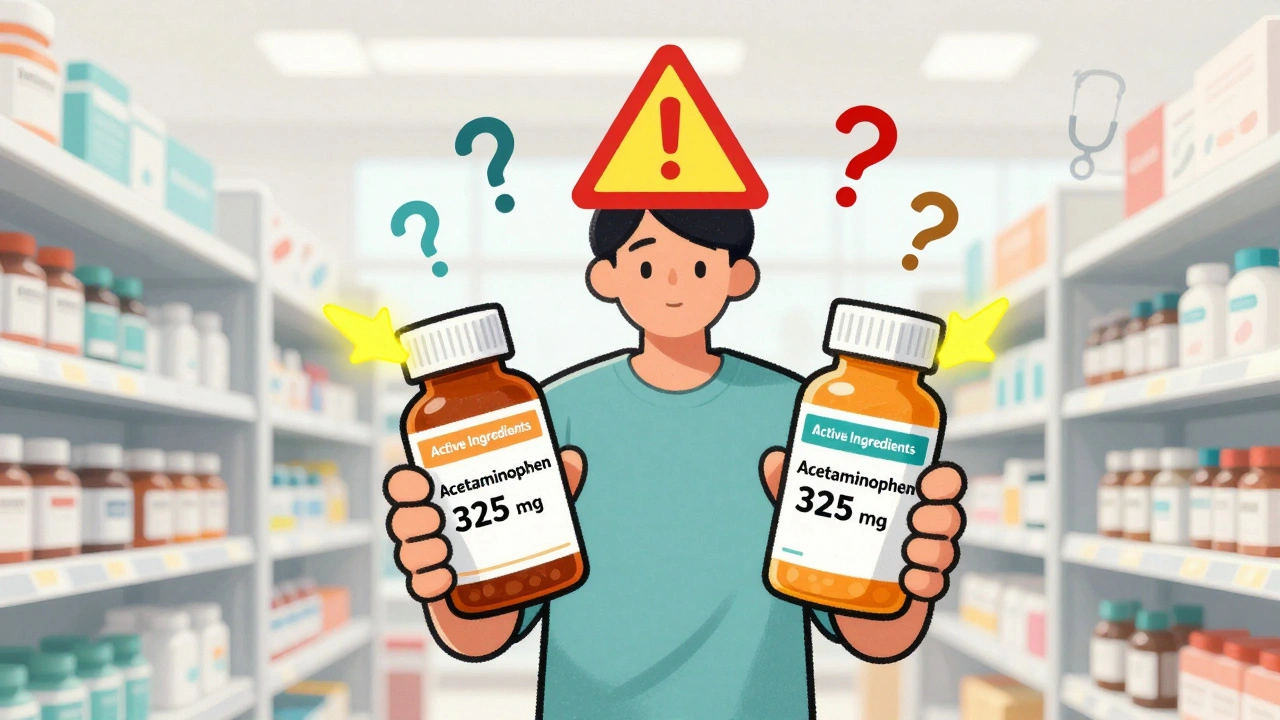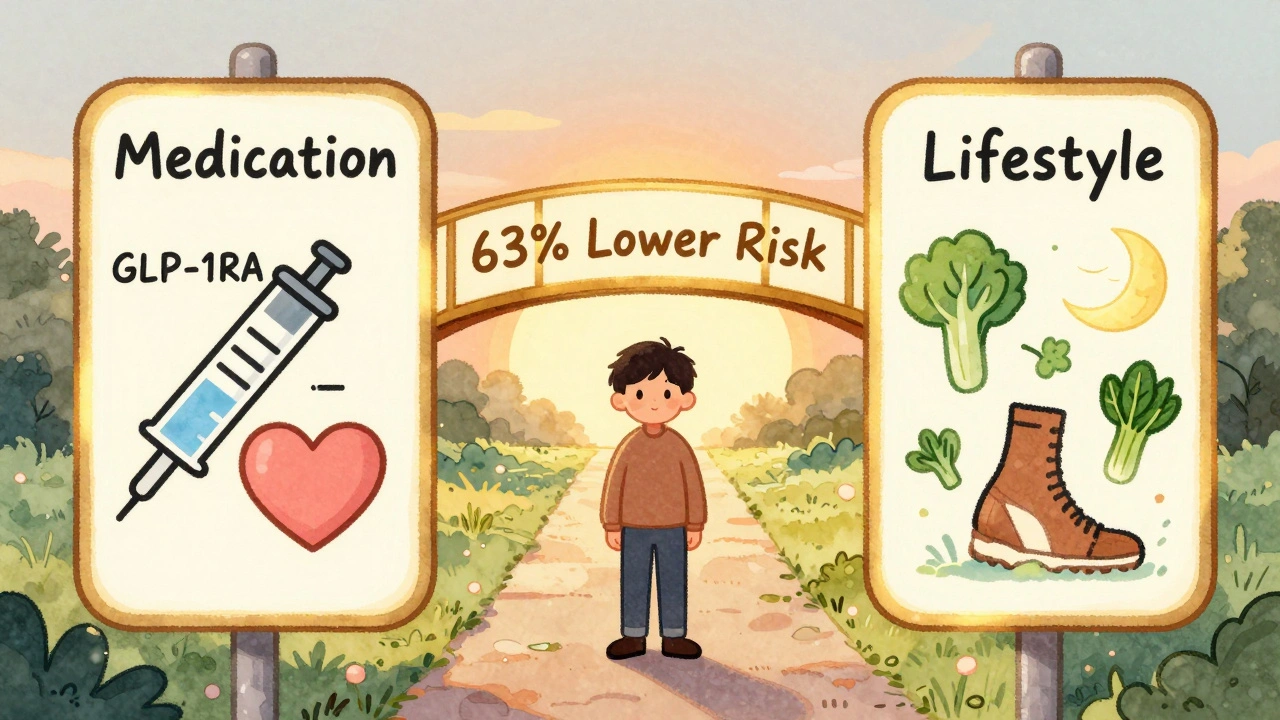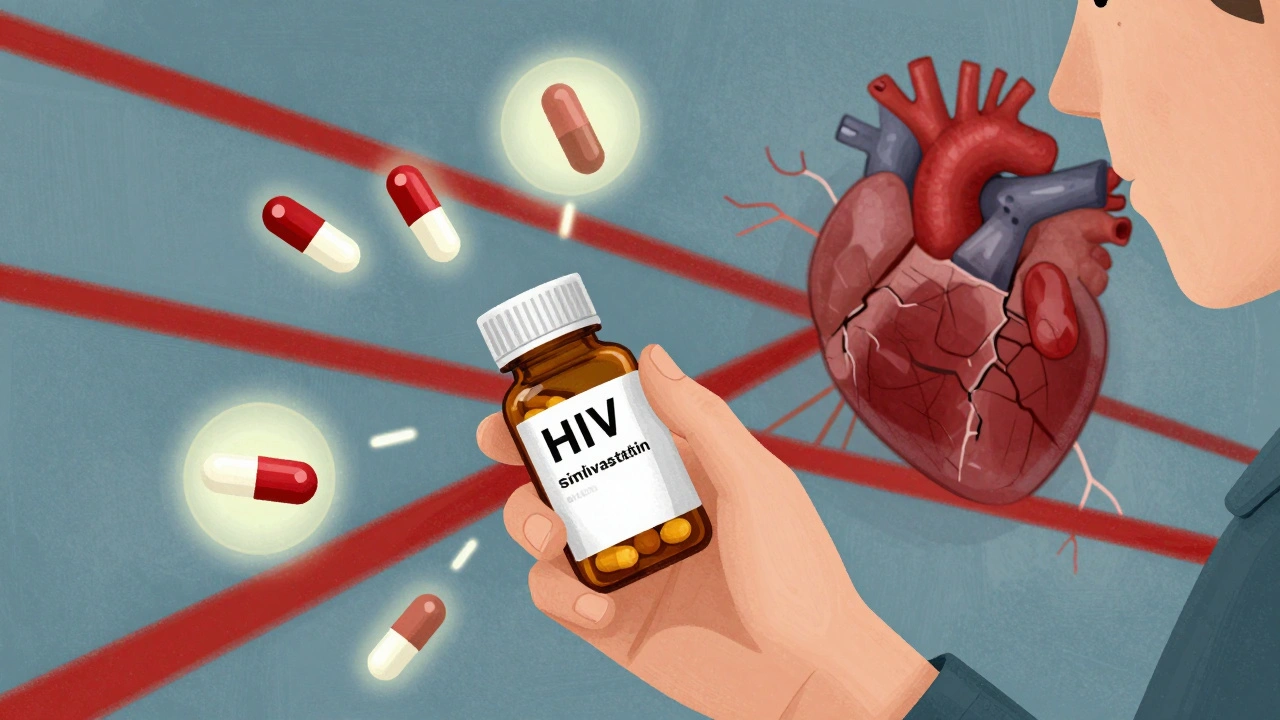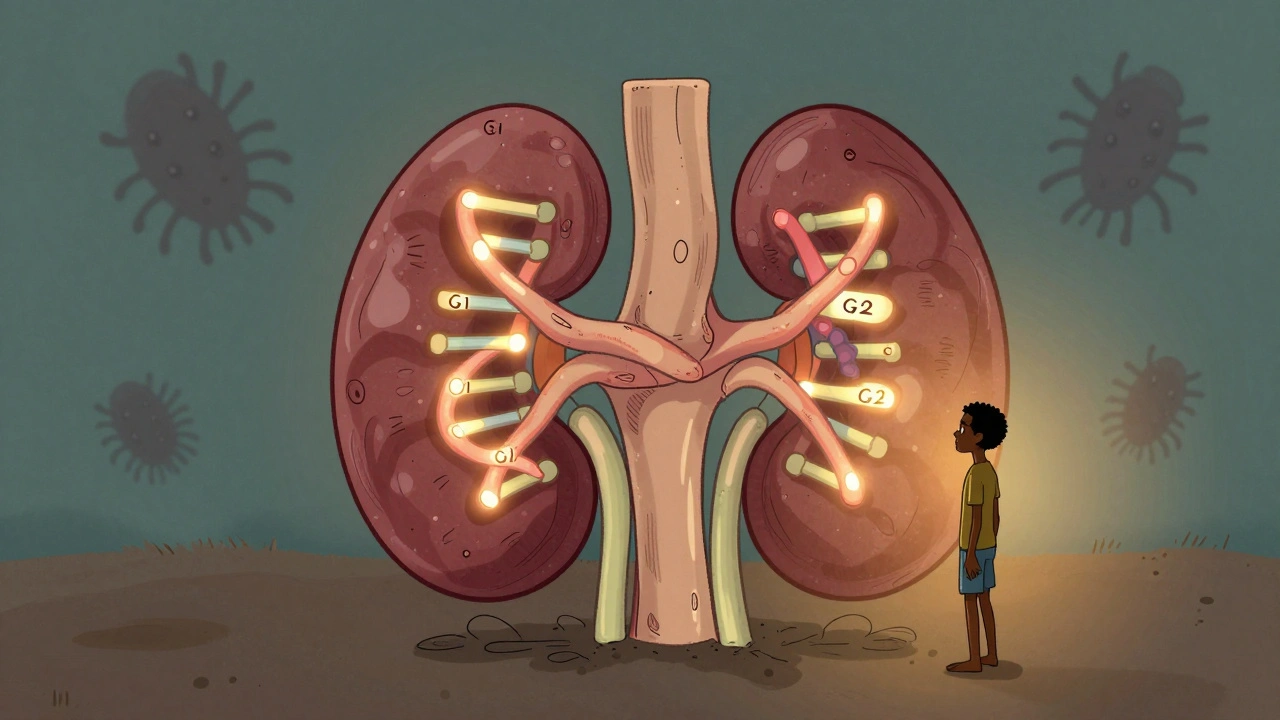Understanding Mycosis Fungoides: A Common Skin Lymphoma
Mycosis fungoides is a type of cutaneous T-cell lymphoma, which means it’s a rare cancer affecting the skin’s T-cells, a kind of white blood cell. Unlike what the name might suggest, it isn’t a fungal infection but a condition that causes the skin to develop patches, plaques, or tumors as cancerous cells build up.
Recognizing the Symptoms
At first, mycosis fungoides usually looks like eczema or psoriasis. It can cause red, scaly, or itchy patches on the skin that might stick around for years or come and go. These patches often appear on areas not exposed to the sun, like the torso or buttocks. As it progresses, the patches can thicken into plaques or even form tumors.
Since the early signs mimic common skin issues, many people delay getting the right diagnosis. If you notice persistent or unusual skin changes that don’t respond to standard treatments, it’s worth seeing a doctor who might perform a skin biopsy to confirm whether it’s mycosis fungoides.
Treatment Options and Managing the Condition
Treatment depends on how advanced mycosis fungoides is. Early stages often respond well to light-based therapy, topical steroids, or creams that modulate the immune system. The goal is to keep symptoms under control and clear up the skin changes.
More advanced cases might require systemic treatments such as oral medications or chemotherapy. Since this is a chronic condition, ongoing care and regular check-ups with a dermatologist or oncologist are essential.
Living with mycosis fungoides can be challenging, but many people manage it successfully with proper medical support. If you or someone you know is facing this condition, remember that early diagnosis and treatment improve outcomes. Keep an eye on your skin, and don't hesitate to get specialist advice when something feels off.

Exploring Stem Cell Transplantation for Mycosis Fungoides
In my recent exploration of stem cell transplantation for Mycosis Fungoides, I've discovered this method is a promising treatment avenue. Stem cell transplantation, specifically allogeneic transplantation, has shown significant potential for those with advanced stages of this rare skin cancer. The process involves replacing diseased blood-forming cells with healthy ones, thereby giving the body a chance to fight the disease more effectively. However, it does come with risks and potential side effects, therefore it's not suitable for everyone. Further research and clinical trials are necessary to establish its long-term efficacy and safety.





